
Let’s dive into the world of Pinterest affiliate marketing and explore how you can leverage this platform to drive targeted traffic and boost your revenue. 📌
Understanding Pinterest and Affiliate Marketing
Pinterest is a unique social media platform that combines visual discovery with social bookmarking. It has over 400 million monthly active users, making it an excellent source of organic traffic. But how does affiliate marketing fit into this picture?

Affiliate marketing involves promoting other people’s products or services in exchange for a commission. With Pinterest, you can create pins that include affiliate links. When users click on these links and make a purchase, you earn a commission. Here’s how you can get started:
How Does Pinterest Work?
Create Engaging Pins:
- Pinterest is a visual search engine/social media hybrid, emphasizing images and social bookmarking.
- You create “boards” (digital bulletin boards) and post “pins” that others in your network can discover organically.
- Optimize your pins with relevant keywords to appear in search results and generate engagement.
Long-Term Organic Traffic:
- Unlike other platforms with shorter post lifespans (e.g., Instagram, Facebook, Twitter), Pinterest pins can continue to receive engagement after a year.
- Build a backlog of quality posts that generate organic traffic over time, similar to a blog or YouTube channel.
Steps to Succeed in Pinterest Affiliate Marketing:
1. Find Affiliate Programs:
- Identify affiliate programs and networks with products relevant to your niche.
- Look for high-quality products that resonate with your audience.
2. Create Compelling Pins:

- Design visually appealing pins that showcase the products.
- Add your affiliate links to the pins.
- Use eye-catching images and compelling descriptions.
3. Optimize Your Profile:
- Craft an engaging Pinterest profile.
- Include relevant keywords in your bio and board descriptions.
- Organize your boards around specific themes or niches.
4. Join Relevant Niches:
- Explore and join relevant group boards.
- Collaborate with other pinners in your niche.
- Engage with their content and share your own.
5. Promote Your Pins:

- Increase the reach and visibility of your pins:
- Promote them through paid advertising on Pinterest (e.g., Promoted Pins).
- Utilize Pinterest’s advertising features to target specific audiences.
- Encourage users to save your pins, as this boosts visibility.
6. Disclose Your Affiliate Links:
- Be transparent with your audience.
- Add proper disclosures to your pins, indicating that they contain affiliate links.
Metrics to Monitor:
Saves:
- Indicates that your content resonates with users.
- People save your pins for future inspiration.
Impressions:
- The number of times your pins were on screen.
- Shows interest and potential engagement.
Pin Clicks:
- Total taps on a pin to view it in full screen.
Outbound Clicks:
- Actions leading users off Pinterest (e.g., to an affiliate product page).
Earning Money on Pinterest:
Brand Partnerships:
- Pitch yourself to brands relevant to your niche.
- Disclose your partnership and collaborate on sponsored content.
Product Tags and Affiliate Links:
- Tag products in your pins to make them shoppable.
- Use affiliate links to earn commissions when users click through and shop.
Remember, consistency and authenticity are key. Engage with your audience, stay updated on trends, and create valuable content that resonates with Pinterest users. Happy pinning! Provide value to your audience, and over time, you’ll see targeted traffic and revenue growth through Pinterest affiliate marketing. Happy pinning! 📌💡🚀 📌💡
For more detailed insights, check out resources like the ClickBank Ultimate Guide and this comprehensive guide
Pinterest is a powerful platform for affiliate marketing, and when used strategically, it can drive significant traffic and boost your earnings. In this article, I’ll delve into the reasons why you should consider using Pinterest for affiliate marketing and provide actionable tips to help you succeed.
Why Use Pinterest for Affiliate Marketing?
Visual Appeal and Engagement:
- Pinterest is all about visual content. Its image-centric nature allows you to showcase products in an appealing way.
- Pins (images) catch users’ attention, leading to higher engagement rates compared to text-based platforms.
- As an affiliate marketer, you can create eye-catching pins that highlight the benefits of the products you’re promoting.
Trust-Building Boards:
- Pinterest boards are excellent for curating content related to your niche. By sharing valuable content, you build trust with your audience, which can lead to more conversions.
Integration of Affiliate Links:
- You can seamlessly integrate affiliate links within your pins. When users engage with your pins and click through to the linked products, you earn commissions.
Increased Reach Through Collaboration:
- Collaborating with other users or influencers on Pinterest can expand your reach. Joint boards or group boards allow you to tap into their audiences and promote affiliate products.
Analytics and Metrics:
- Creating a business account on Pinterest provides access to analytics and advertising tools. You can track performance metrics, understand your audience, and optimize your strategy.
Search Engine and Social Media Hybrid:
- Pinterest functions as both a search engine and a social media platform.
- Users search for specific topics, ideas, and products using keywords.
- Optimized pins can appear in search results, driving organic traffic to your affiliate links.
Long-Term Traffic Potential:
- Unlike other social media platforms where posts have a short lifespan, Pinterest pins can continue to receive engagement over time.
- Well-optimized pins can generate traffic even after a year, making it a valuable long-term investment.
High Commercial Intent:
- Pinterest users often search for inspiration, ideas, and products related to their interests.
- The platform’s commercial intent is high, making it an ideal place to promote affiliate products.
Niche-Focused Audiences:
- Pinterest allows you to target specific niches and interests.
- By creating boards related to your niche, you can attract an audience genuinely interested in your affiliate offerings.
Remember that Pinterest should be treated as a search engine, not just a social media platform. By optimizing your profiles and pins with relevant keywords, you can increase visibility and drive traffic to your affiliate links. So, if you’re looking for a visually appealing and traffic-friendly platform, Pinterest is definitely worth considering! 📌👀
I’ve highlighted the key benefits of using Pinterest for affiliate marketing. If you have any more questions or need further guidance, feel free to ask! 😊
Let’s explore the world of Pinterest affiliate marketing and discover which products work well on this platform. Additionally, I’ll share some success stories to inspire you.
What types of products work well on Pinterest?
Types of Products for Pinterest Affiliate Marketing
- Travel: Travel-related products, such as travel gear, accessories, and booking services, perform exceptionally well on Pinterest. People often search for travel inspiration, tips, and recommendations, making it a great niche.
- Food: Recipes, cooking tools, kitchen gadgets, and specialty food items resonate with Pinterest users. Pins featuring delicious meals, food photography, and cooking tutorials can attract a food-loving audience.
- Health and Fitness: Wellness products, workout gear, supplements, and healthy recipes find an engaged audience on Pinterest. Users often seek fitness inspiration, weight loss tips, and wellness advice.
- DIY Crafts: Pinterest is a hub for DIY enthusiasts. Craft supplies, project ideas, and step-by-step tutorials perform well. Pins related to home decor, handmade gifts, and creative projects gain traction.
- Home Decor: Home improvement, interior design, and home decor products thrive on Pinterest. Pins showcasing beautiful spaces, furniture, and decor ideas resonate with users looking to enhance their living spaces.
Share some success stories related to Pinterest affiliate marketing?
Success Stories in Pinterest Affiliate Marketing
- Creators Large and Small: Pinterest hosts a diverse range of creators who have successfully used the platform for affiliate marketing. From influencers to small business owners, many have leveraged Pinterest’s visual appeal and organic reach to drive traffic and earn commissions.
- Case Studies: Real-world success stories highlight the power of targeted affiliate strategies on Pinterest. These case studies demonstrate how influential partnerships and niche tactics can lead to impressive results. Creators have effectively integrated affiliate links into their pins, maintaining transparency and trust with their followers.
Remember that success on Pinterest involves creating engaging pins, optimizing them for maximum exposure, and conducting market research. Whether you’re a seasoned affiliate marketer or just starting out, Pinterest offers unique opportunities for driving traffic and earning commissions. 📌🚀
If you’d like more details or need further inspiration, feel free to ask! 😊
Tell about influencer collaborations on Pinterest.
Influencer Collaborations on Pinterest
Pinterest influencers play a crucial role in helping businesses reach a wider audience and drive engagement. Here’s what you need to know:
What Are Pinterest Influencers?
- Pinterest influencers are individuals or content creators who have established a significant following and influence on the platform.
- They curate and share high-quality, visually appealing content, inspiring and guiding their followers.
- Brands collaborate with these influencers to promote their products or services.
Benefits of Collaborating with Pinterest Influencers:
- Audience Trust: Influencers have cultivated loyal and engaged audiences who trust their recommendations.
- Algorithm Expertise: They understand Pinterest’s algorithm and best practices, optimizing content for wider reach and engagement.
- Knowledge Sharing: Brands can tap into their expertise to maximize the impact of Pinterest marketing campaigns.
Finding the Right Pinterest Influencers:
- Consider relevance and alignment with your brand. Look for influencers whose content aligns with your niche (e.g., fashion influencers for a fashion brand).
- Evaluate the influencer’s following size and engagement rate. Smaller influencers often have dedicated, niche audiences that lead to higher conversion rates.
Measuring Success:
- Track metrics like impressions, saves, click-throughs, and conversions.
- Beyond immediate sales, consider brand awareness and increased engagement as success indicators.
What are some common mistakes to avoid in Pinterest affiliate marketing?
Common Mistakes in Pinterest Affiliate Marketing
Ignoring Proper Disclosure:
- Always disclose affiliate links appropriately. Failing to do so can lead to spam reports, loss of followers, and even legal issues with the FTC.
Using Mediocre Images and Fonts:
- Your Pinterest image is your first impression. Make it count by using high-quality visuals and appealing fonts.
Pinning Only Affiliate Content:
- Balance your pins with other valuable content. Overloading with affiliate links may turn off your audience.
Neglecting SEO:
- Optimize your pins for Pinterest SEO. Use relevant keywords in pin descriptions and titles to improve visibility.
Expecting Overnight Results:
- Affiliate marketing takes time. Be patient and focus on consistent efforts rather than quick wins.
Remember, Pinterest affiliate marketing can be a lucrative side hustle when done right. Follow best practices, collaborate with influencers, and avoid common pitfalls to make the most of this platform! 📌💡
If you have any more questions or need further details, feel free to ask! 😊
How can I optimize my pins for Pinterest?
Optimizing Your Pins for Pinterest:
Pinterest is a powerful platform for affiliate marketing, and optimizing your pins can significantly boost your success. Here are some tips:
Multiple Pins for Each Piece of Content:
- Create multiple pins for each affiliate link or blog post. Variations in design and messaging can attract different audiences and increase visibility.
Pinterest SEO:
- Optimize your pins for Pinterest search. Use relevant keywords in your pin descriptions and titles. Think about what users might search for when looking for products related to your affiliate links.
Be Intentional with Product Promotion:
- Choose products that resonate with your audience. Promote items you genuinely believe in and that align with your niche. Authenticity matters on Pinterest.
Experiment and Learn:
- Monitor your pin performance. Identify which pins drive the most clicks and conversions. Adjust your strategy based on what’s working.
What are some creative ways to use affiliate links on Pinterest?
Creative Ways to Use Affiliate Links on Pinterest:
- Affiliate marketing on Pinterest offers various possibilities. Here are some creative approaches:
Direct Pinning:
- Share affiliate links directly on Pinterest. Create visually appealing pins that showcase the product or service you’re promoting. Include a compelling description and relevant keywords.
Curated Boards:
- Create themed boards around specific niches or interests. Curate content related to your affiliate products. For example, if you’re promoting fitness gear, create a board with workout tips, healthy recipes, and product recommendations.
Tutorials and How-To Pins:
- Share step-by-step tutorials or guides related to the products you’re affiliated with. Use your affiliate links within these instructional pins.
Comparison Pins:
- Compare similar products within a pin. Highlight the features, benefits, and differences. Users appreciate side-by-side comparisons when making purchasing decisions.
Seasonal and Holiday Pins:
- Leverage seasonal trends and holidays. Create pins that tie into specific occasions (e.g., Valentine’s Day, Back to School, Christmas). Promote relevant products for those moments.
Tell about the FTC guidelines for disclosure in affiliate marketing.
FTC Guidelines for Disclosure in Affiliate Marketing:
The Federal Trade Commission (FTC) requires clear and conspicuous disclosure of your relationship with brands when promoting affiliate products. Here’s what you need to know:
What Is an FTC Affiliate Disclosure?
- It’s a statement that disclaims your financial relationship with companies whose products you promote.
- Include this disclosure near relevant links or reviews to avoid FTC fines.
How to Present the Disclosure:
- Make it clear and easy to understand.
- Place it where readers can see it before clicking affiliate links.
- Adapt the presentation based on the platform (e.g., blog posts, social media) while maintaining clarity.
Forms of Compensation:
- You may receive cash payments, special access, free products, store credit, or discounts for mentioning brands or products.
- Disclose any form of compensation to maintain transparency.
Remember, transparency builds trust with your audience. Always follow FTC guidelines to ensure ethical affiliate marketing practices! 📌💡
Feel free to explore these strategies, and if you have more questions, I’m here to help! 😊



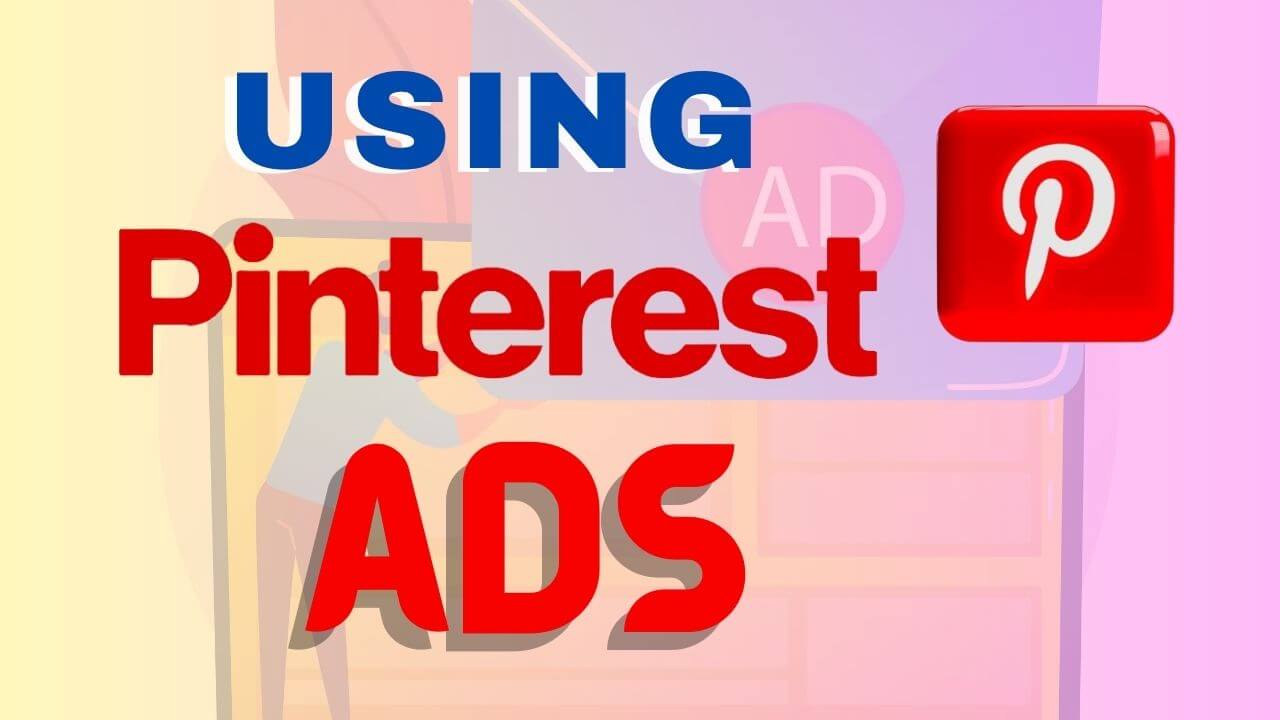
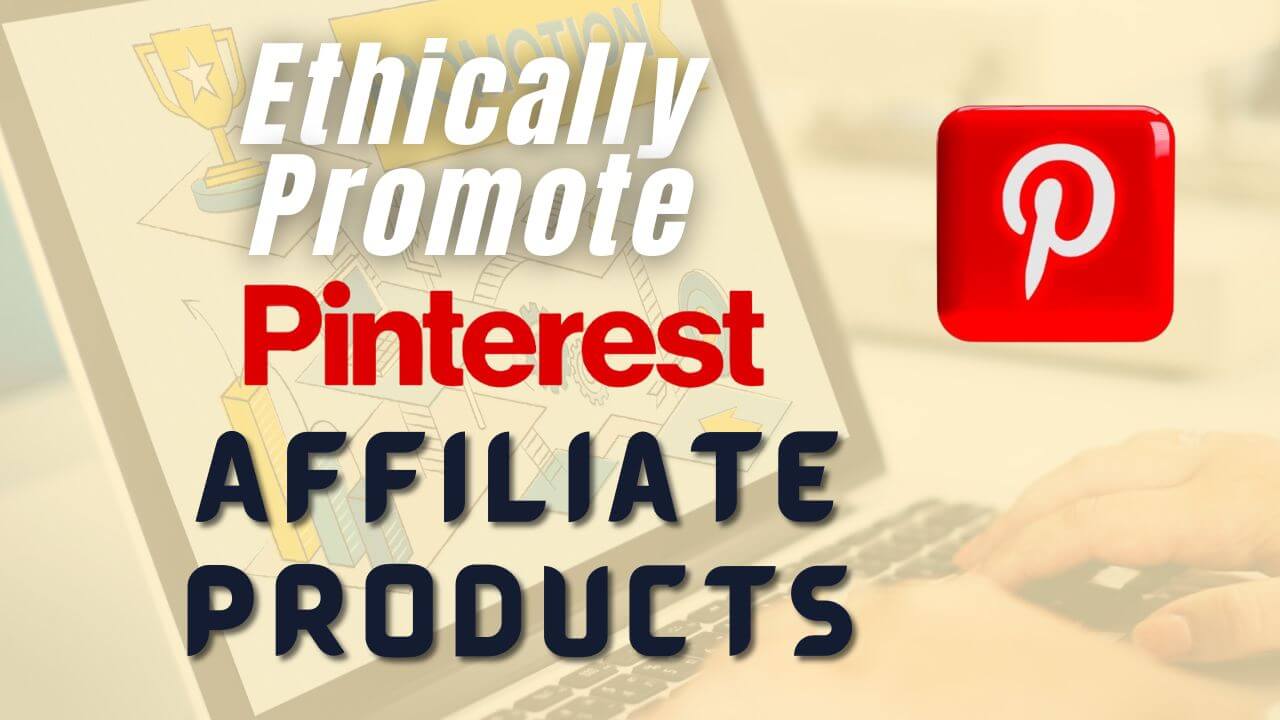

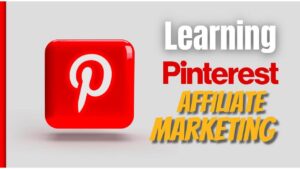
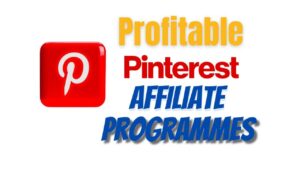
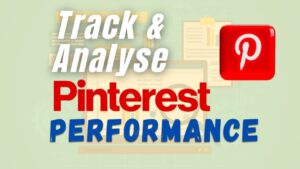

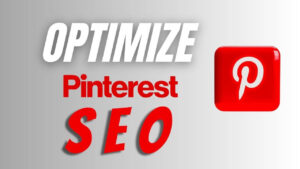
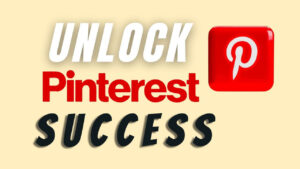











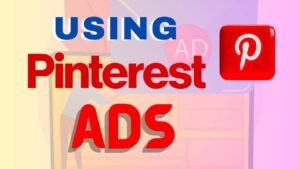
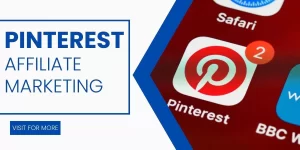

Sweet site, super design and style, very clean and apply friendly.
I have recently started a web site, the info you offer on this site has helped me greatly. Thanks for all of your time & work.
Do you mind if I quote a few of your posts as long as I provide credit and sources back to your site? My blog site is in the very same area of interest as yours and my users would genuinely benefit from a lot of the information you provide here. Please let me know if this alright with you. Thank you!
What i don’t realize is in reality how you are now not really a lot more smartly-preferred than you might be now. You’re very intelligent. You realize therefore significantly in the case of this matter, produced me for my part imagine it from a lot of numerous angles. Its like women and men are not interested except it’s one thing to do with Girl gaga! Your own stuffs nice. At all times handle it up!
I¦ve been exploring for a little for any high quality articles or weblog posts on this kind of space . Exploring in Yahoo I ultimately stumbled upon this site. Studying this info So i am glad to express that I’ve a very just right uncanny feeling I discovered exactly what I needed. I so much certainly will make sure to don¦t fail to remember this website and give it a glance regularly.
Great write-up, I am regular visitor of one’s website, maintain up the nice operate, and It’s going to be a regular visitor for a lengthy time.
We absolutely love your blog and find a lot of your post’s to be exactly I’m looking for. can you offer guest writers to write content available for you? I wouldn’t mind publishing a post or elaborating on many of the subjects you write concerning here. Again, awesome blog!
I am glad to be a visitor of this arrant web blog! , appreciate it for this rare information! .
After I initially commented I clicked the -Notify me when new comments are added- checkbox and now each time a comment is added I get four emails with the same comment. Is there any method you’ll be able to remove me from that service? Thanks!
You actually make it appear really easy along with your presentation but I find this matter to be actually one thing which I think I would never understand. It kind of feels too complicated and very huge for me. I’m looking forward in your subsequent put up, I¦ll try to get the dangle of it!
What i don’t understood is actually how you are not really much more well-liked than you may be now. You’re so intelligent. You realize thus significantly relating to this subject, made me personally consider it from a lot of varied angles. Its like men and women aren’t fascinated unless it is one thing to do with Lady gaga! Your own stuffs nice. Always maintain it up!
I like what you guys are up too. Such clever work and reporting! Carry on the superb works guys I have incorporated you guys to my blogroll. I think it’ll improve the value of my site :).
When I initially commented I clicked the “Notify me when new comments are added” checkbox and now each time a comment is added I get four e-mails with the same comment. Is there any way you can remove people from that service? Appreciate it!
Good web site! I truly love how it is easy on my eyes and the data are well written. I’m wondering how I might be notified whenever a new post has been made. I’ve subscribed to your feed which must do the trick! Have a nice day!
I really appreciate this post. I’ve been looking all over for this! Thank goodness I found it on Bing. You have made my day! Thanks again
I have not checked in here for a while since I thought it was getting boring, but the last few posts are great quality so I guess I’ll add you back to my everyday bloglist. You deserve it my friend 🙂
Write more, thats all I have to say. Literally, it seems as though you relied on the video to make your point.
You clearly know what youre talking about, why waste your intelligence on just posting videos to your site
when you could be giving us something informative to read?
I would like to read more on pinterest